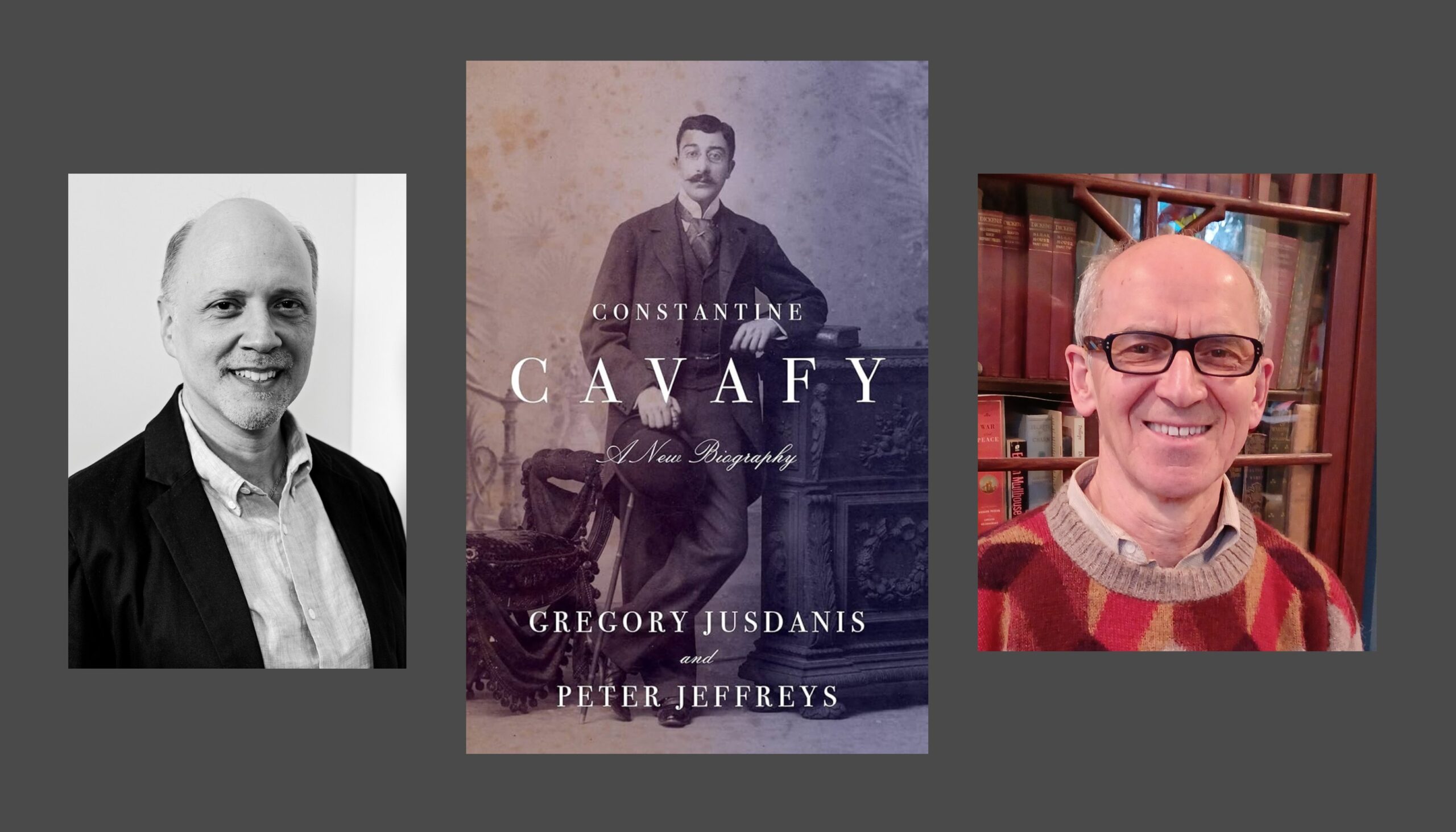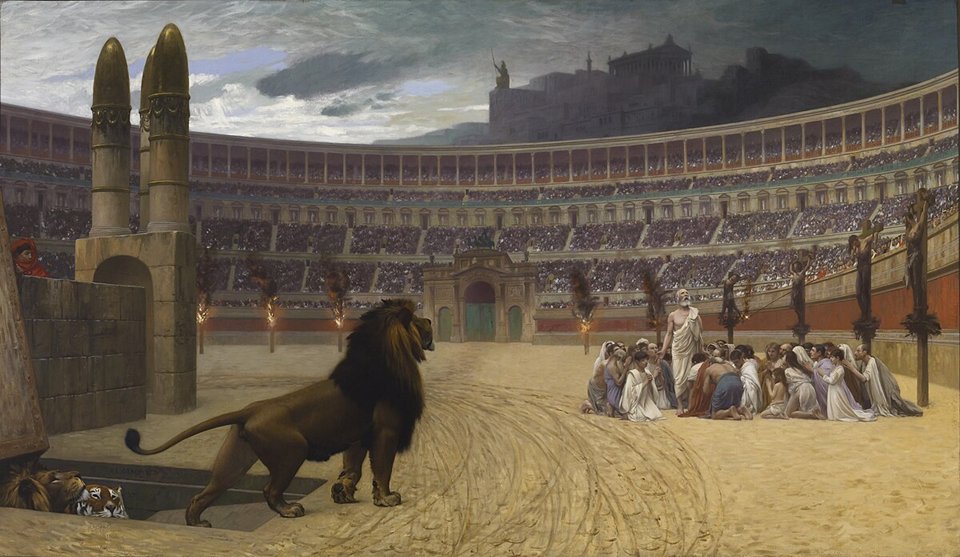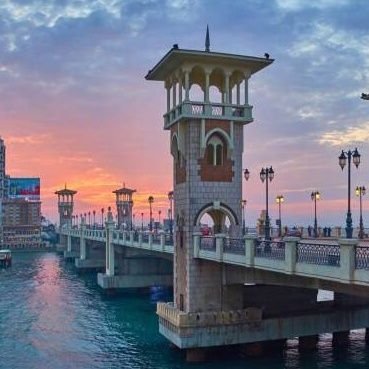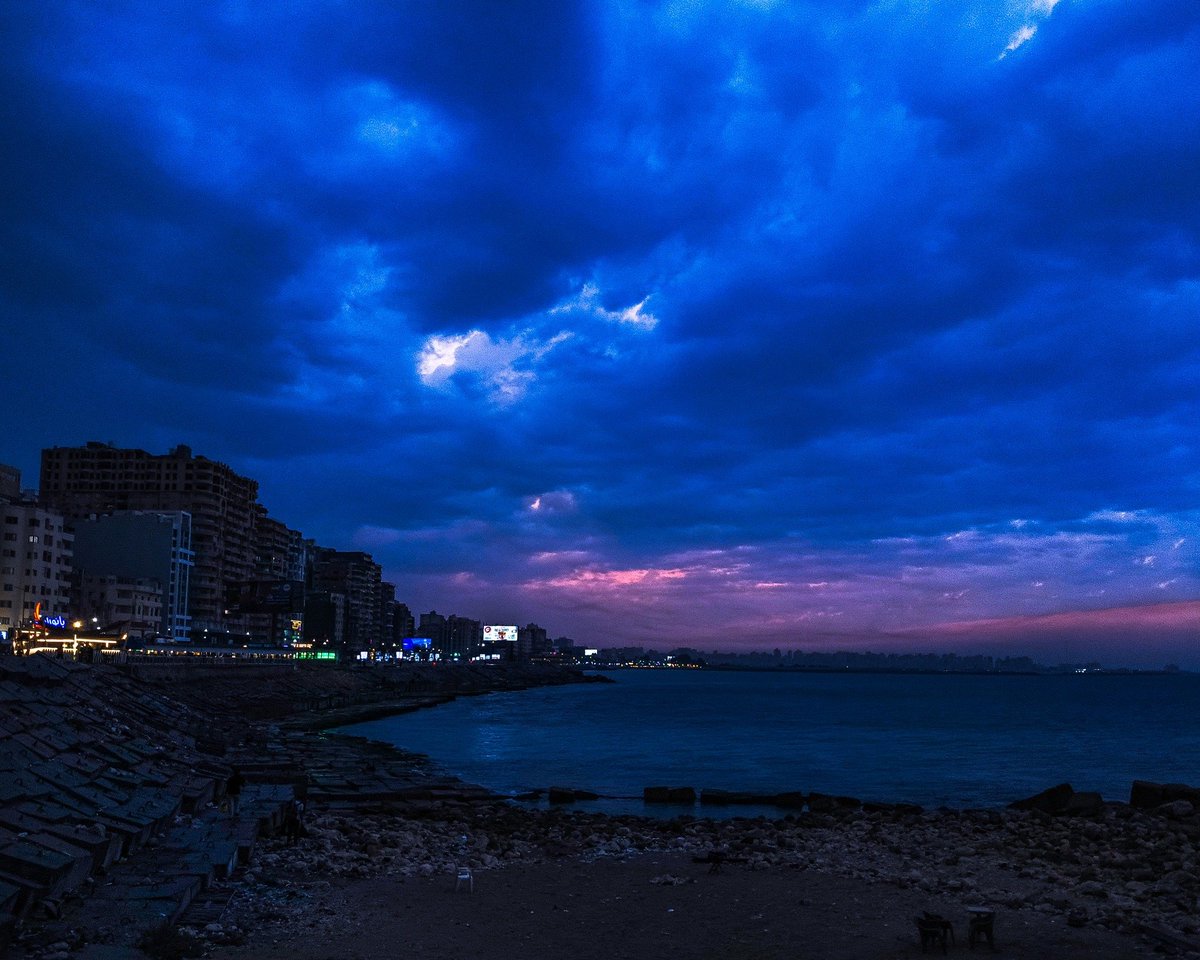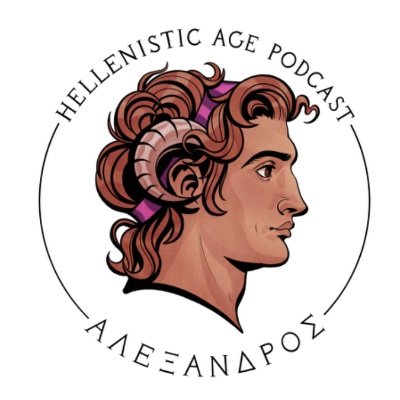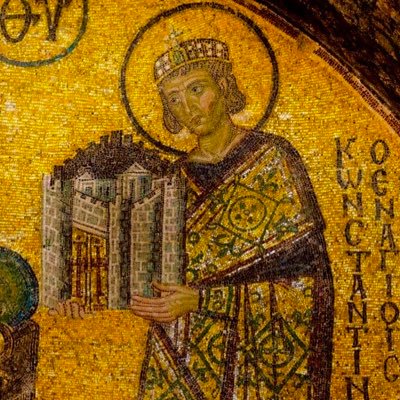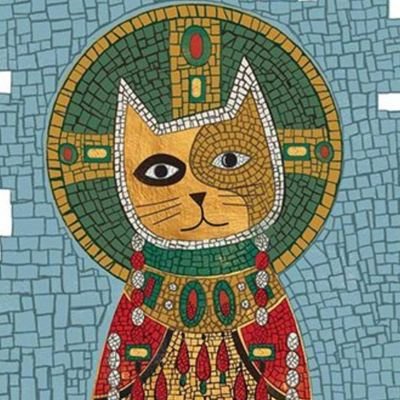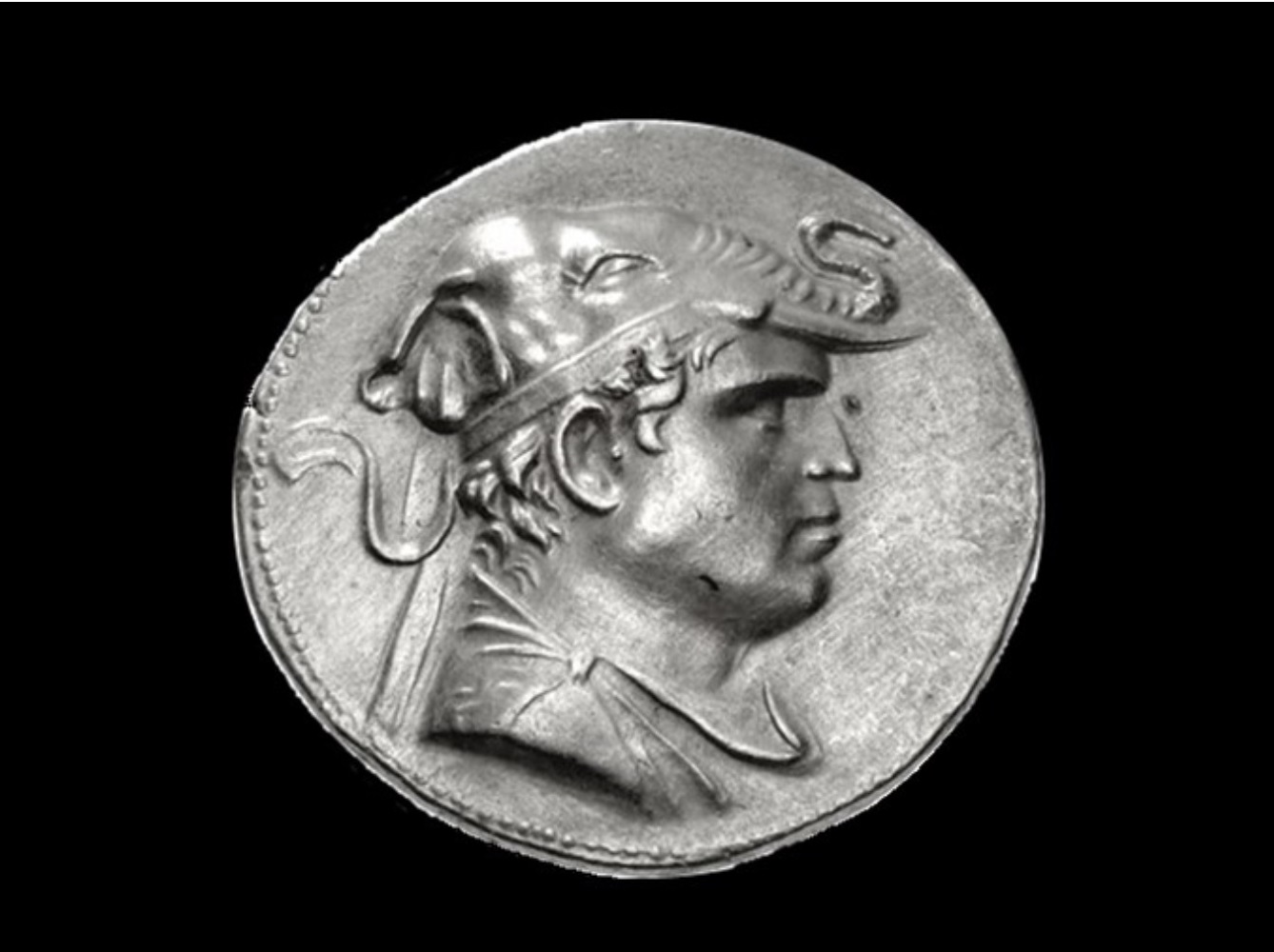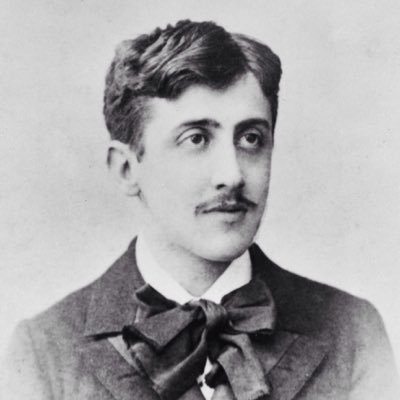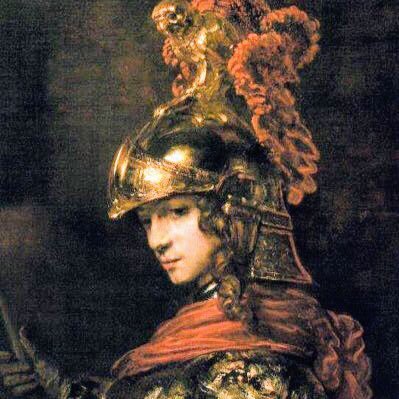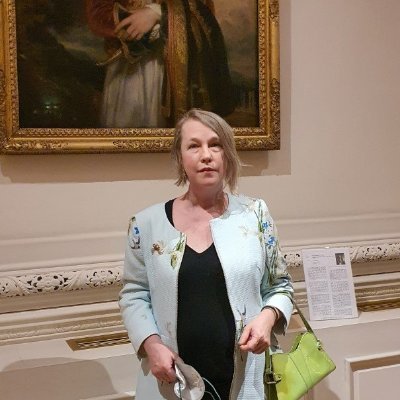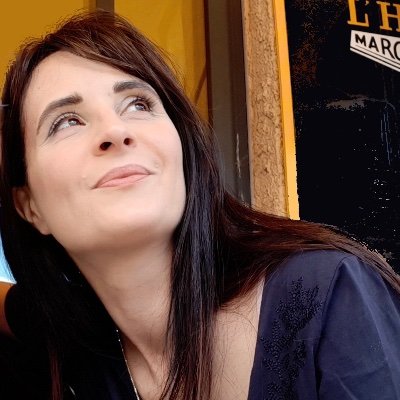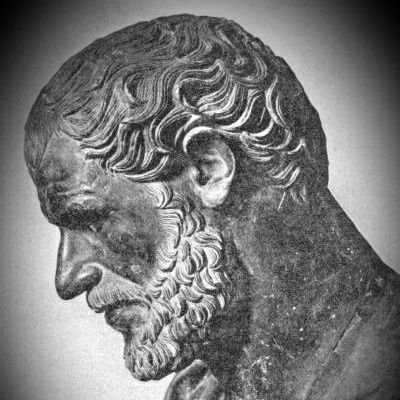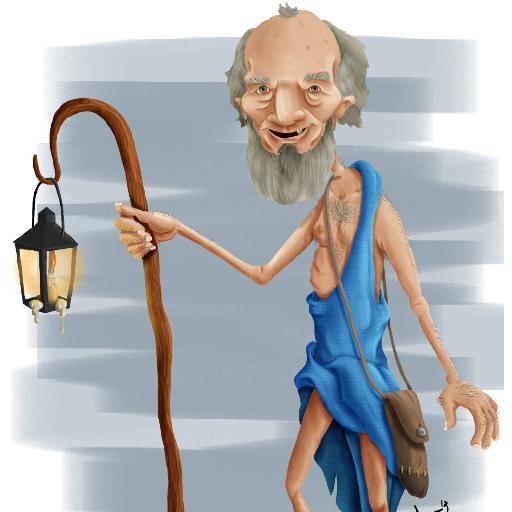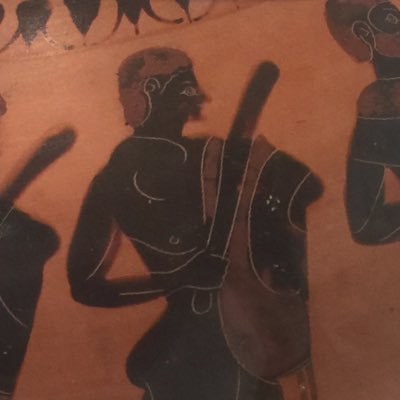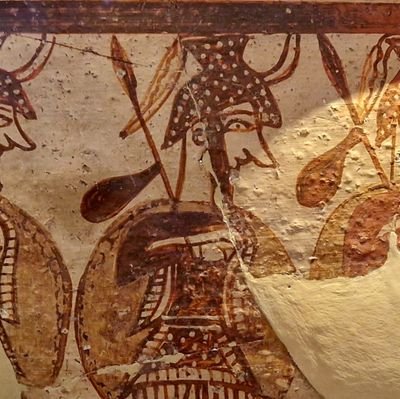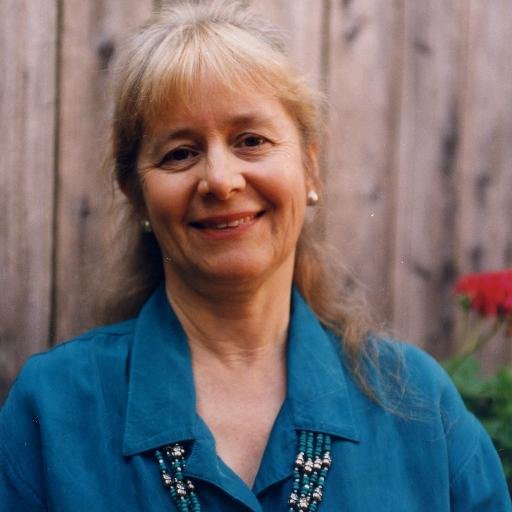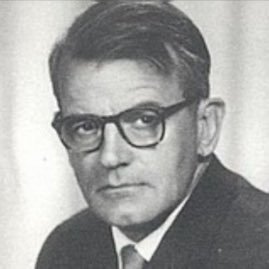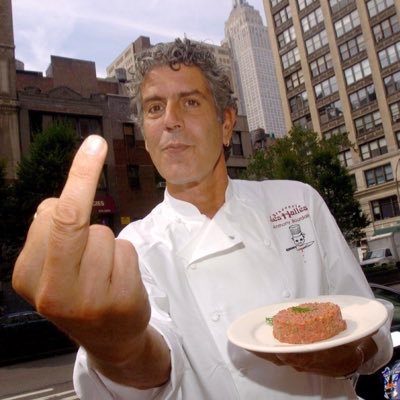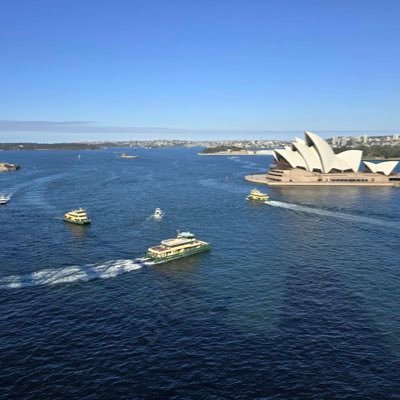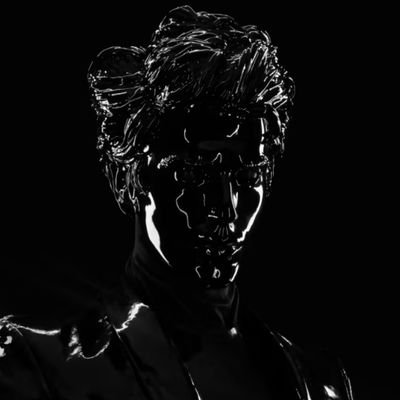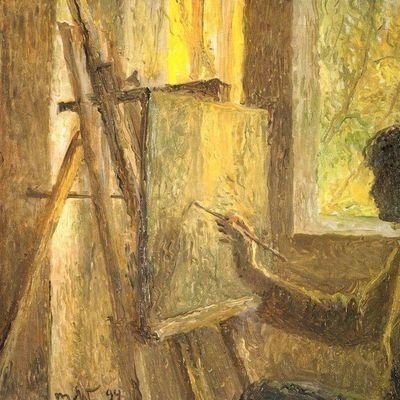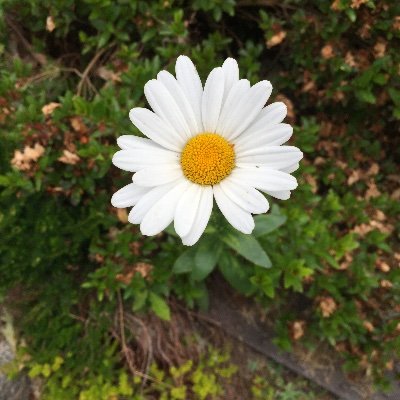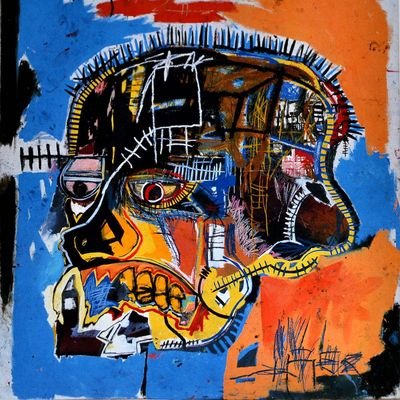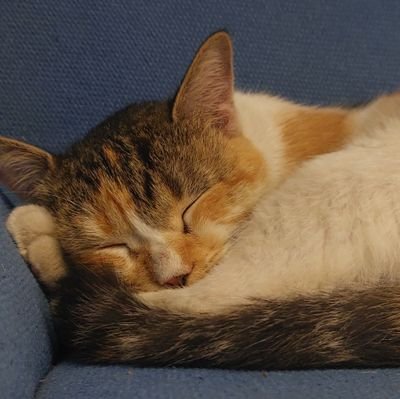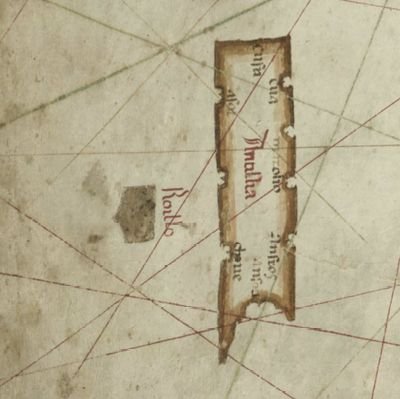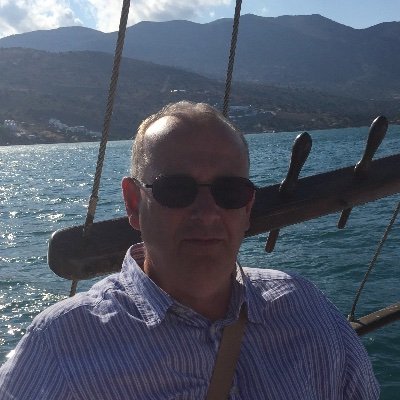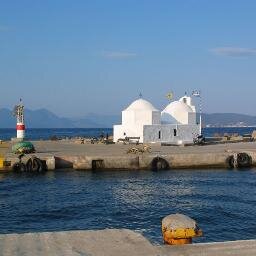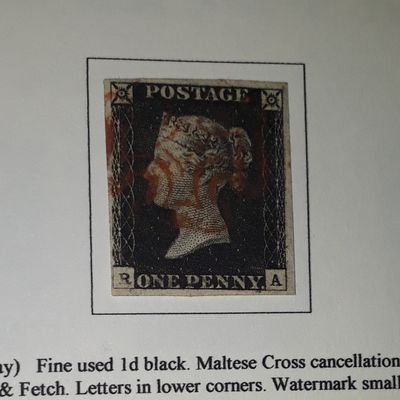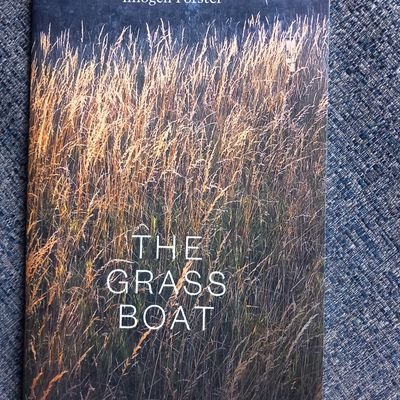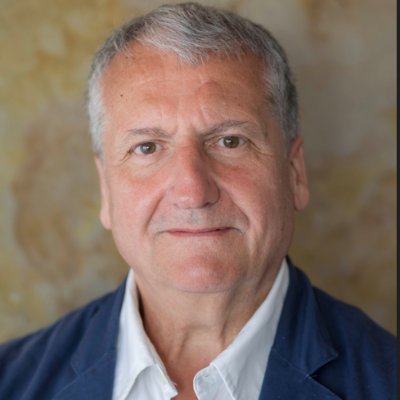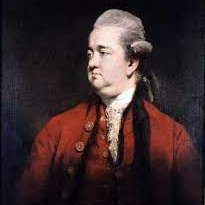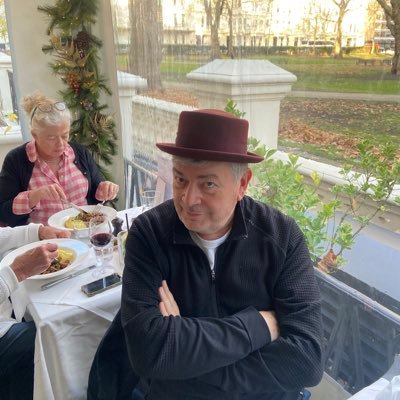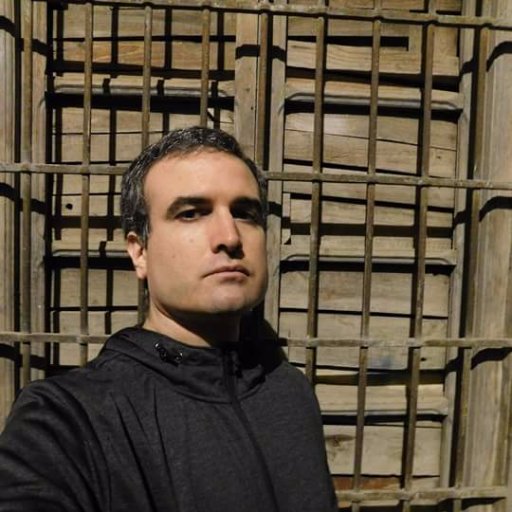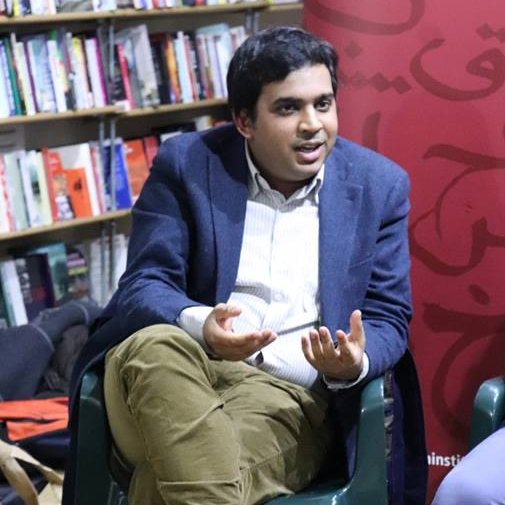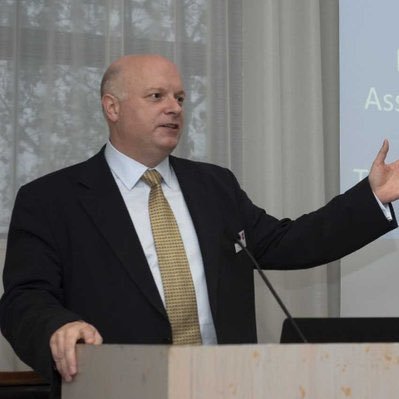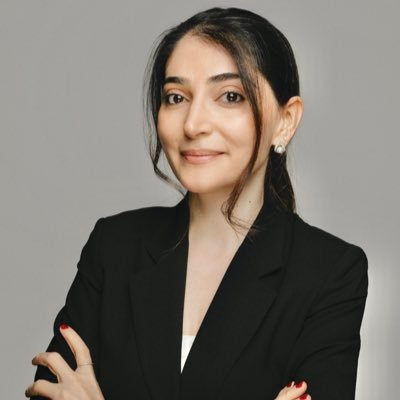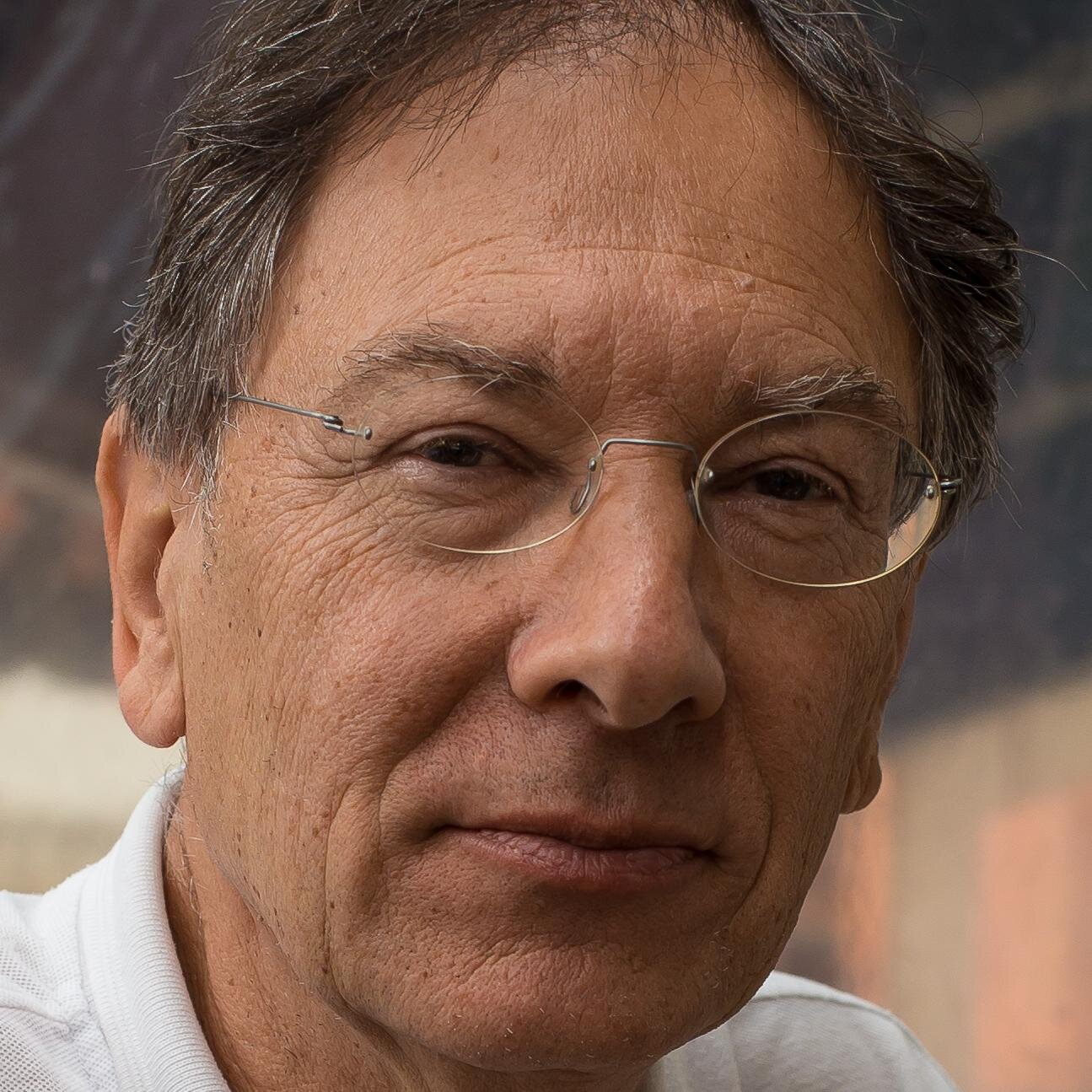おすすめツイート
“As you set out on the way to Ithaca hope that the road is a long one, filled with adventures, filled with discoveries.” – Manuscript of Cavafy’s poem “Ithaca”, 1911. Cavafy Archive. #poetry #cavafy #Greece


“And for what form of suspect pleasure he had descended to the bystreets of Seleucia.” – C.P. Cavafy, “One of Their Gods”, translated by Kimon Friar.
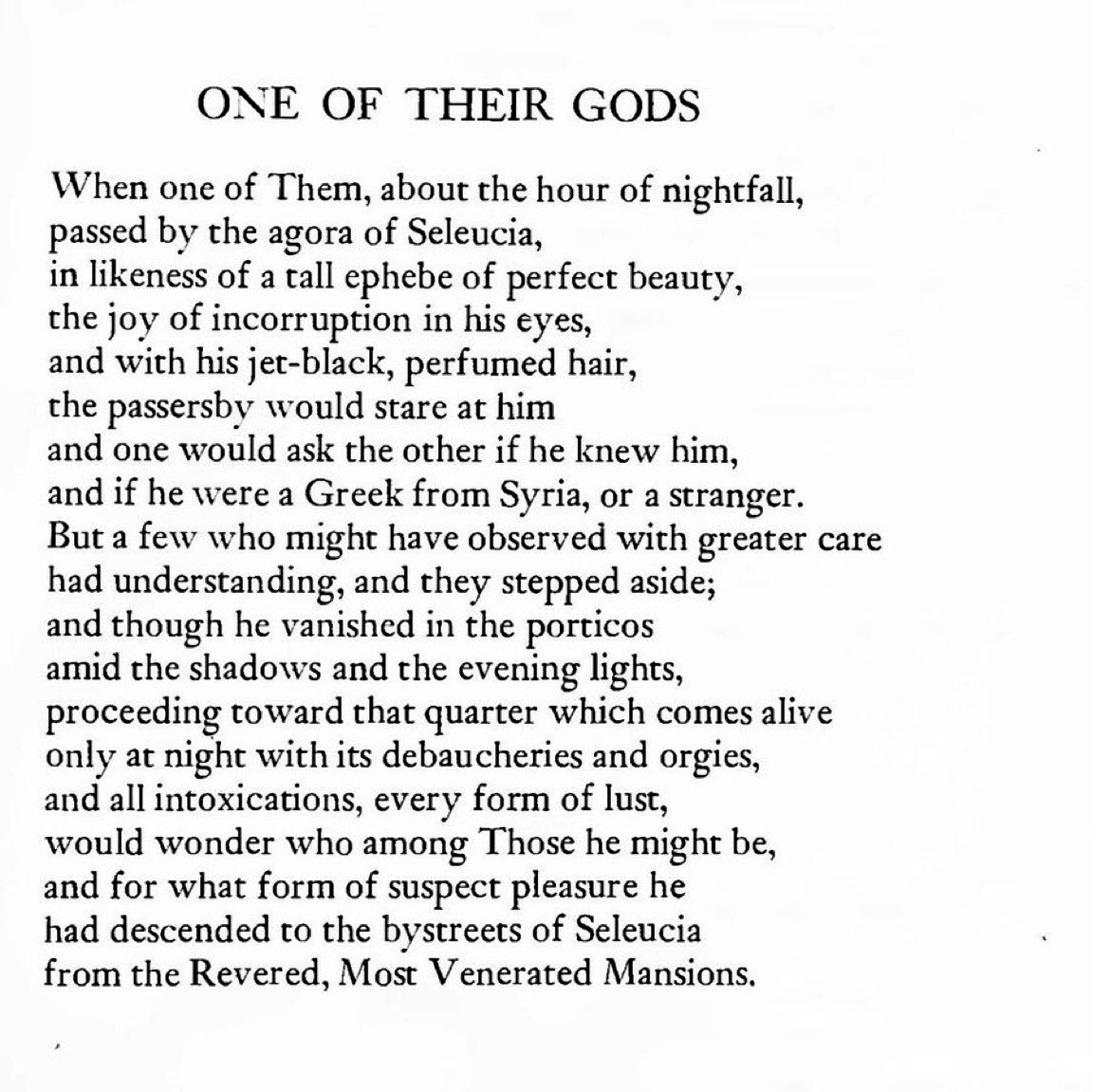
I stood in the corridor. I didn’t want to go further inside because I noticed that the relatives of the deceased looked at me with obvious surprise and displeasure.
Visited the lovely Cavafy House and Museum in Alexandria on a warm autumn afternoon like the one in his poem. As he himself said. “What more could I want? Below the brothel caters for the flesh. Across, the church that forgives sin… and there is the hospital where we die..”.




📚BOOK OF THE MONTH: A long-awaited biography of one of the great modern poets, "Constantine Cavafy: A New Biography" by Peter Jeffreys and Gregory Jusdanis (Farrar, Straus & Giroux, 2025), translated into Greek by Mihalis Makropoulos (Metaixmio, 2025) greeknewsagenda.gr/%ce%b2%ce%bf%c…
Avoir plutôt un tropisme vers l'Alexandrie de 1898 ou 1908 ?
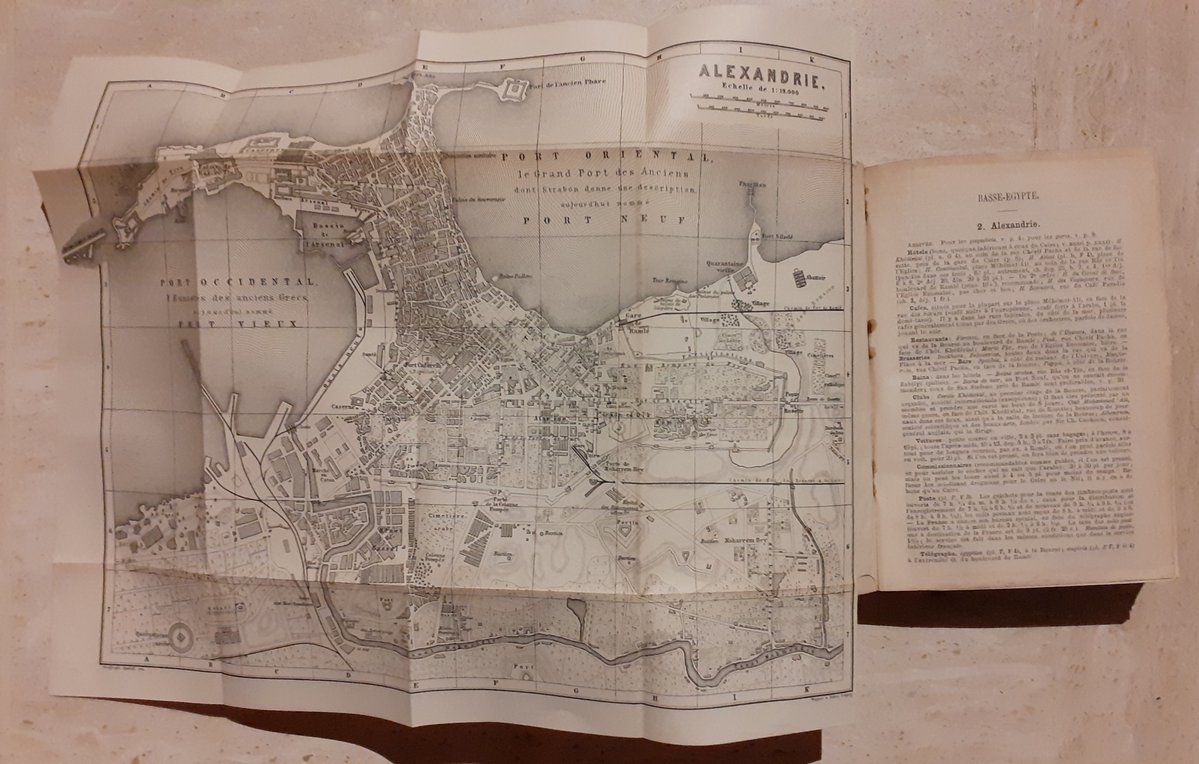

C.P. Cavafy’s last published poem “On the Outskirts of Antioch” recounts Julian’s fraught relationship with Antioch’s Christians. Translation by Keeley and Sherrard.

Julian the Apostate (r. 361-3) was one of the most against-the-grain emperors of the Roman world, standing as the last bastion of institutional paganism. Today, Michael Firth of @UoNClassics explores Julian's disastrous spell spent in Antioch, Syria: antigonejournal.com/2025/11/julian…
Seaside and small harbor of the Boukoleon Palace in Constantinople.
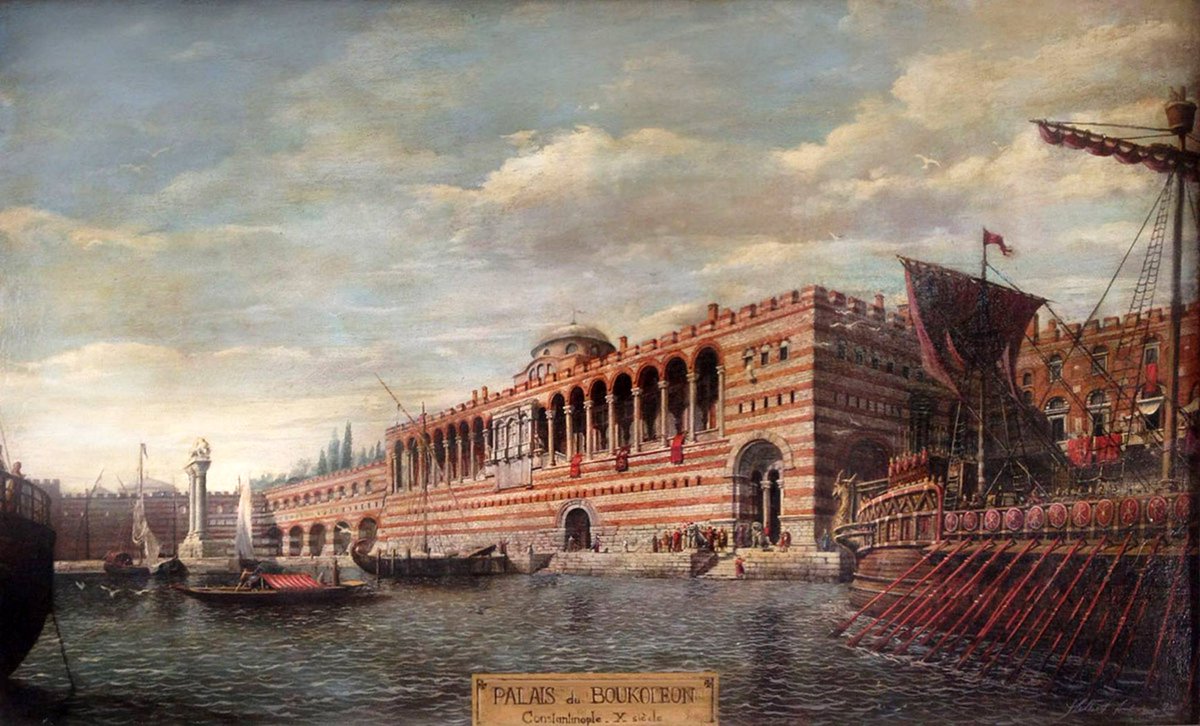
I hope you've enjoyed the latest episode! Next time will pause our narrative of Syria, as we look at the reign of Alexander I Balas, the civil war between him and Demetrius II, and the intervention of Ptolemy VI culminating in a showdown at Oenoparus in 145 BC. Stay tuned!
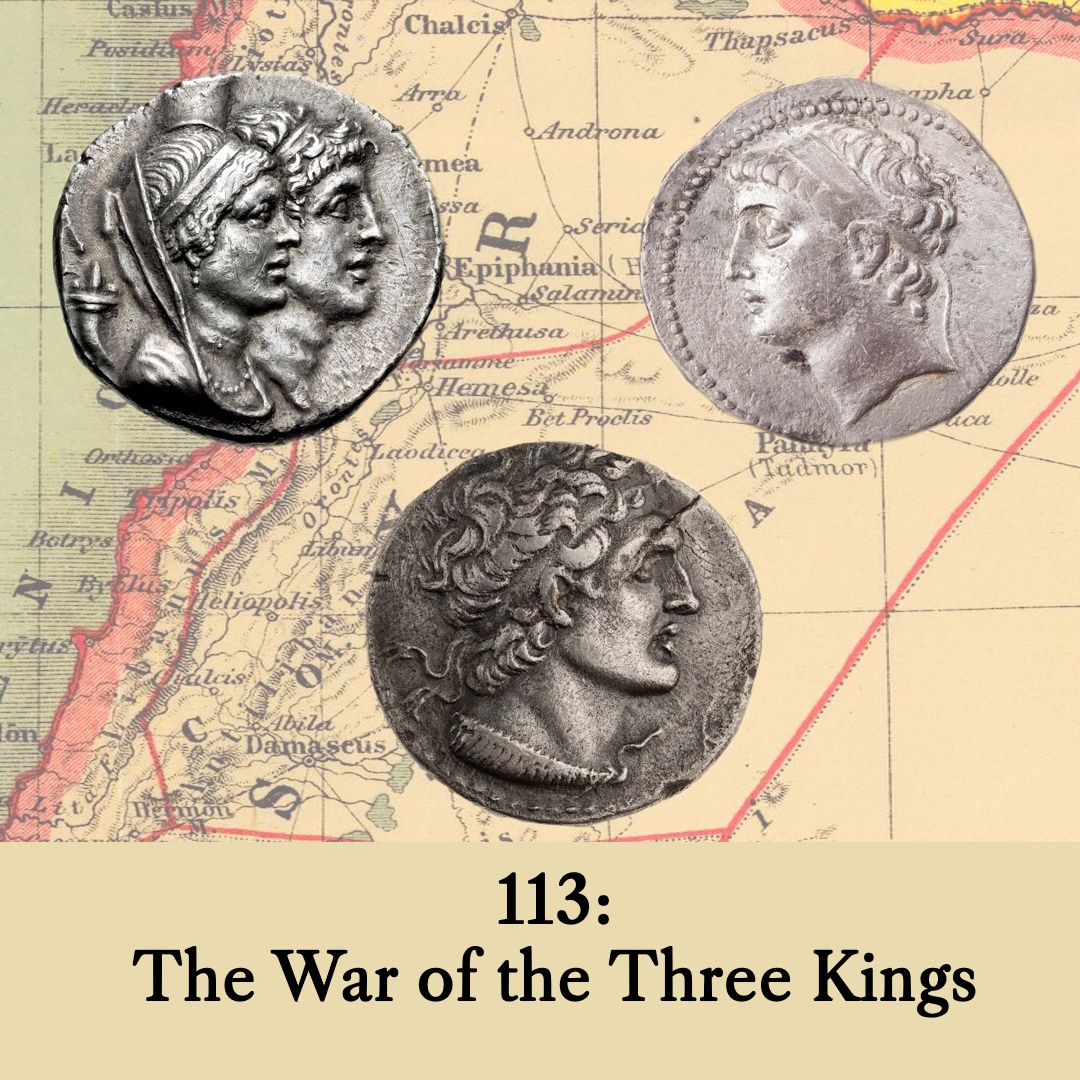
Each one of us was, in a way, an individual mini-biological clone of the city, a minuscule model of Alexandria — and we Alexandrians collectively, in our similarities and diversities, were also a group-Alexandria: a ‘we-Alexandria’. — Adel Darwish

A 2,400 year-old Lycian tomb, Ancient Simena (modern-day Kaleköy), Antalya Province, Türkiye. 📷 me.

“Alexander of Selefkia, one of our good sophists, on reaching Athens to lecture finds the city deserted because Herodes was in the countryside. And all the young men had followed him there to hear him.” – Manuscript of Cavafy’s poem “Herodes Atticus”. Cavafy Archive.
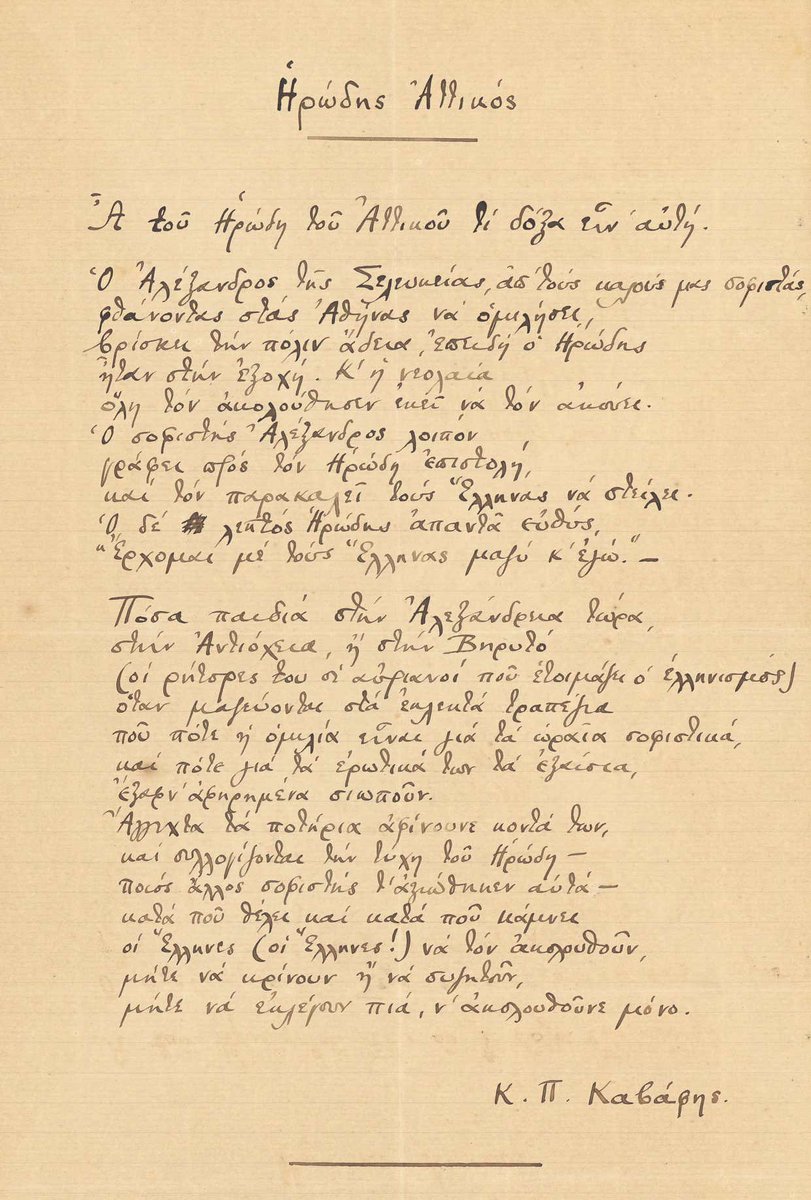
Constantinople, the shining city of medieval Christendom, seated on the Bosphorus.

Handsome Antinous bronze drachm from Alexandria dated 134-135AD & 32mm in diameter up for auction by Savoca with a start of €750, but I'd expect it to sell for something in the vicinity of €5000 (or more) despite a bit of wear. Already at €1000 & ends 22nd December.
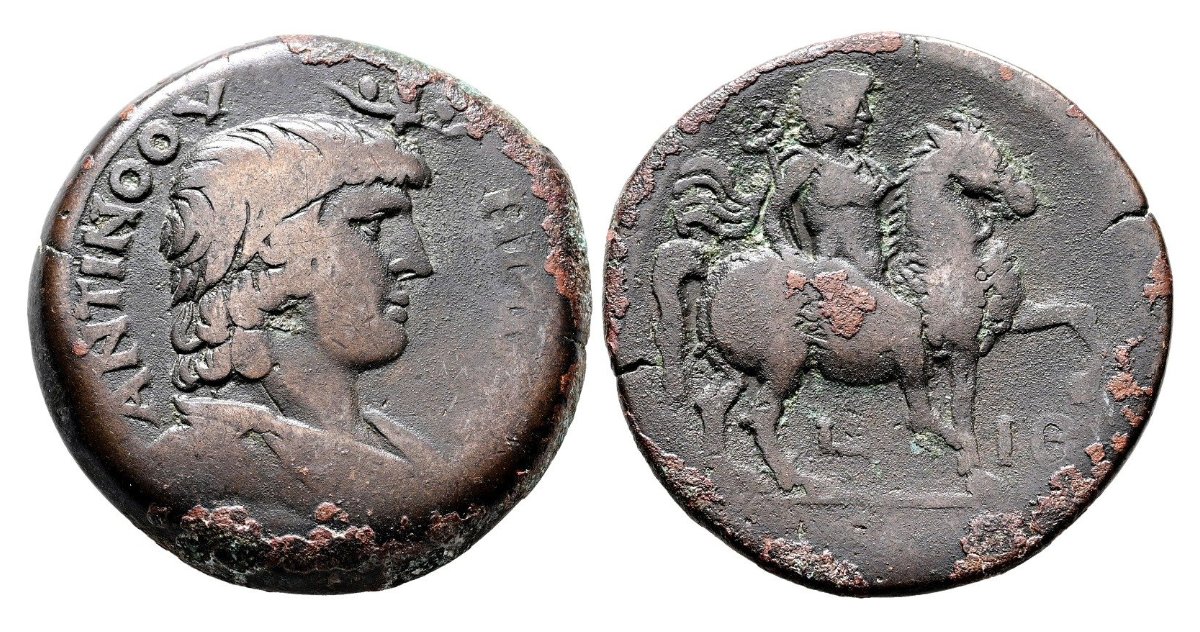
A reconstruction of the Church of the Holy Apostles in Constantinople. It was built in the mid 6th century under emperor Justinian I, and later renovated and likely expanded in the 9th century under emperor Basil I.
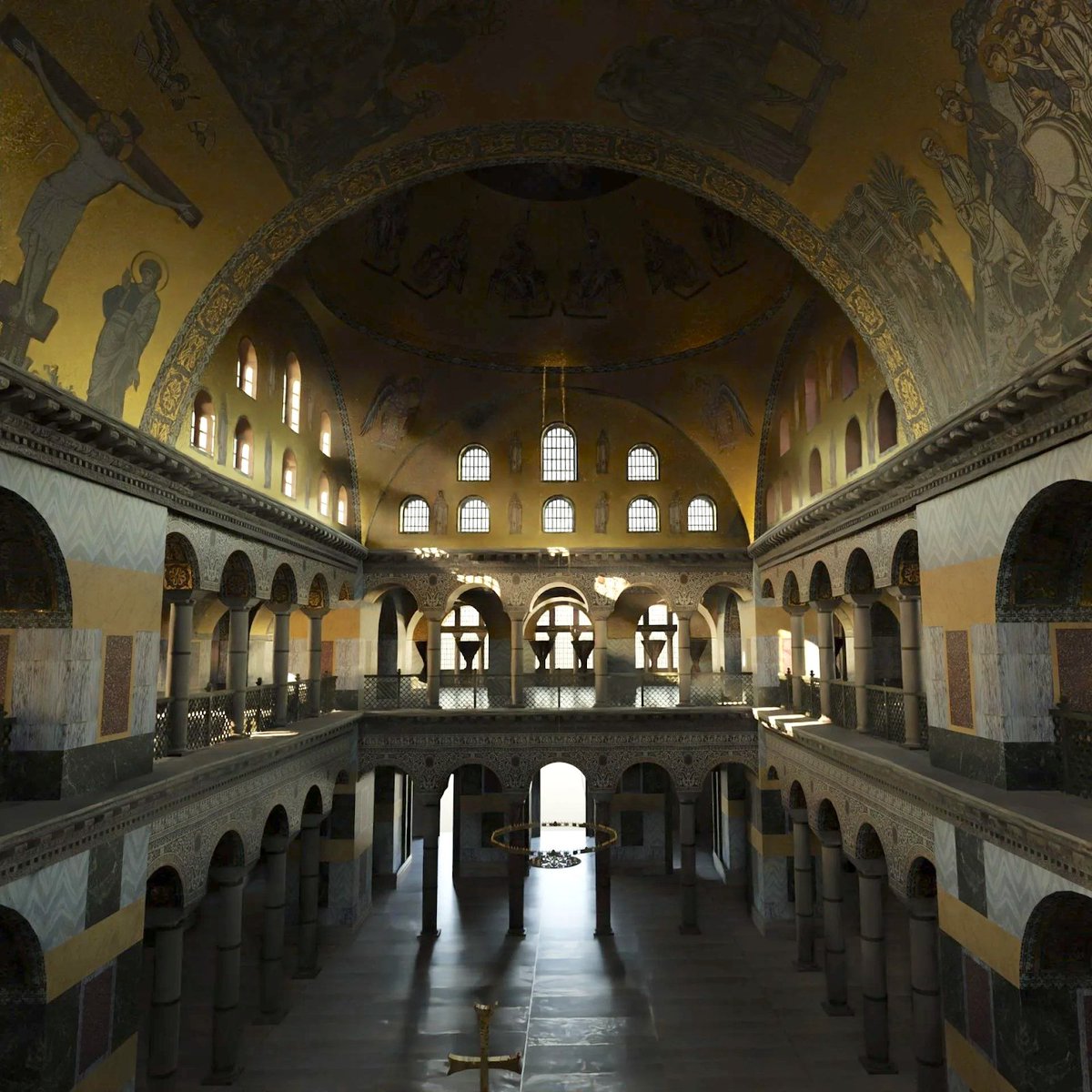
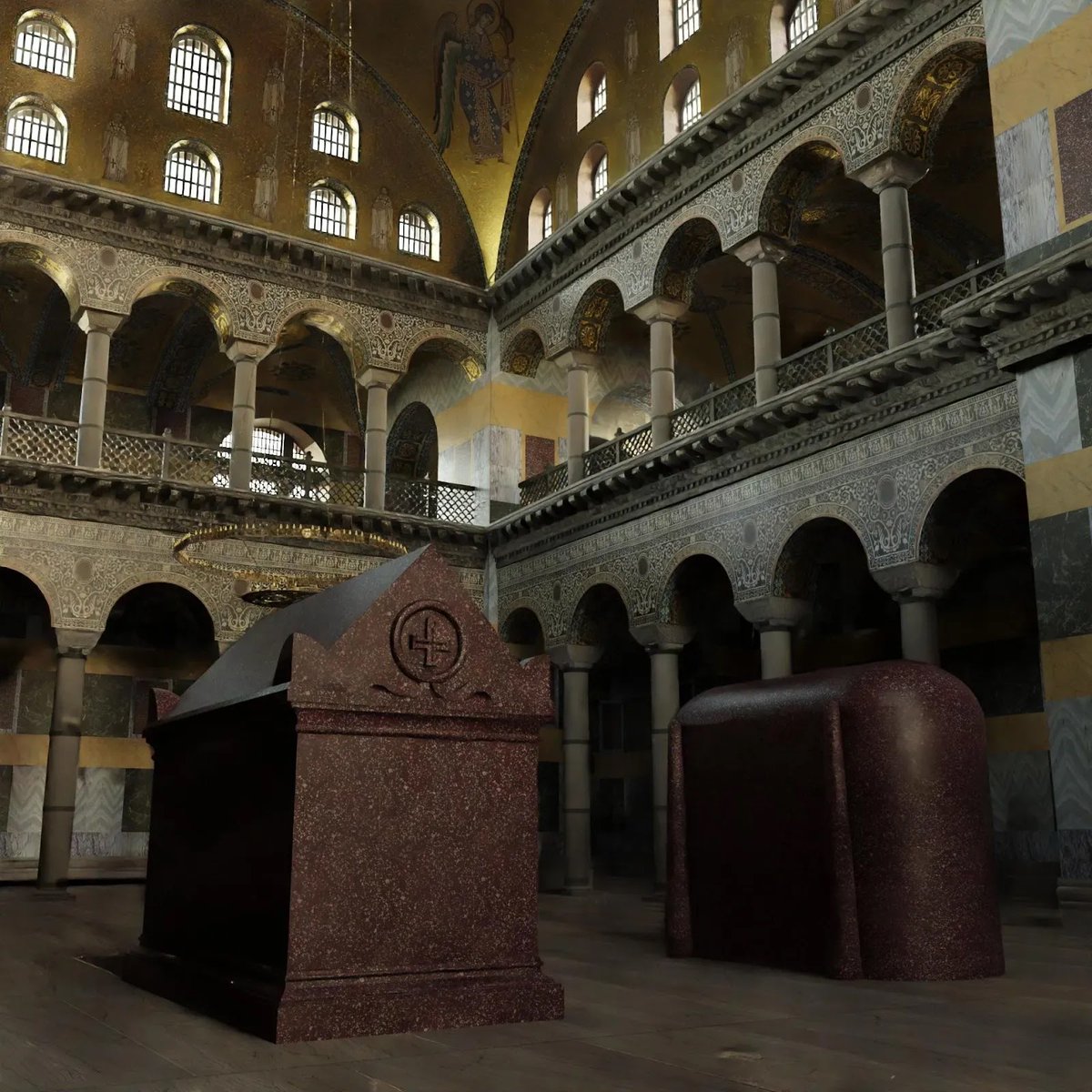

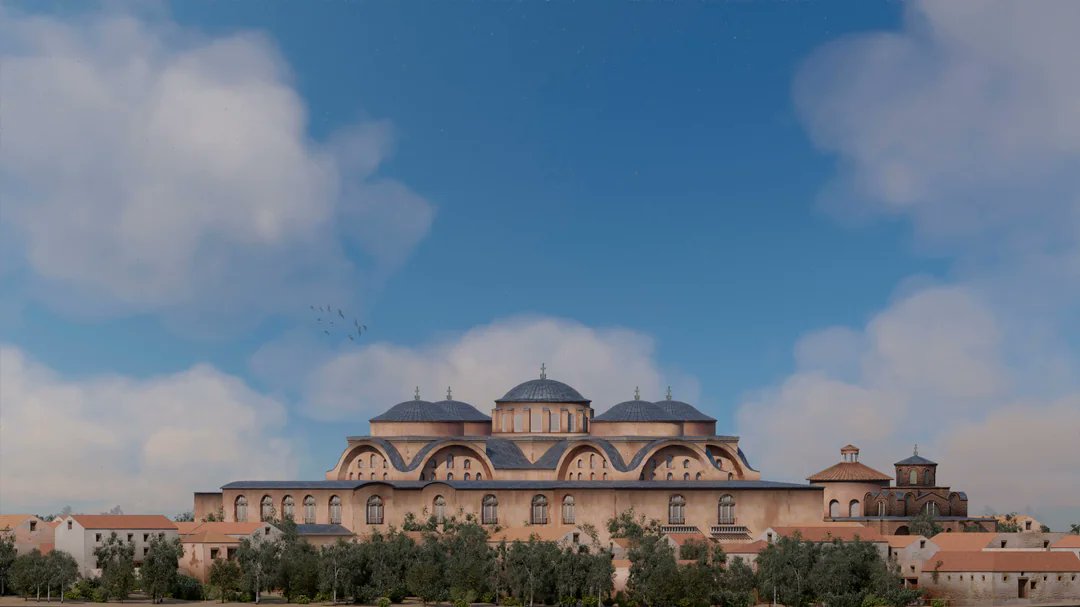
The beginning of greatness It did not take long for Constantinople to turn into major capital of the Roman Empire. Here, you can see the City, few decades after its foundation, during the reign of Constantine's eldest son, Constantius II, in 360 AD 🖼️Rocío Espín Piñar

Christmas issue of the English magazine “The Gentleman’s Annual” from 1882, with a festive compilation of short stories, poems, and articles addressed to the male audience of the time. From Cavafy’s personal library. Cavafy Archive.

When Alexander the Great discovered a city between Afghanistan and Pakistan founded by the wine god Dionysus, he tore off his clothes and led a Bacchic revel. Or so the Greek historians tell us... Step into this remarkable tale of cultural complexity. antigonejournal.com/2021/03/greeks…
Today is not a propitious day— there were some murky shadows, I didn’t understand them fully.
“In the month of Athyr Lefkios went to sleep.” – C.P. Cavafy, “In the Month of Athyr”, translated by Edmund Keeley and Philip Sherrard.

United States トレンド
- 1. $NVDA 75.6K posts
- 2. Jensen 24.1K posts
- 3. Peggy 38.1K posts
- 4. GeForce Season 5,729 posts
- 5. NASA 54K posts
- 6. #ใครในกระจกEP5 9,426 posts
- 7. Sumrall 2,383 posts
- 8. Martha 19.7K posts
- 9. #WickedWaysToMakeABuck N/A
- 10. Stargate 7,019 posts
- 11. Saba 10.9K posts
- 12. #WWESuperCardNewSeason 1,128 posts
- 13. Arabic Numerals 3,952 posts
- 14. Kwame 6,513 posts
- 15. Comey 57.5K posts
- 16. Poverty 53.8K posts
- 17. #2Kgiveaway 1,130 posts
- 18. Sam Harris N/A
- 19. Jason Crow 3,378 posts
- 20. EPS of $1.30 N/A
おすすめツイート
-
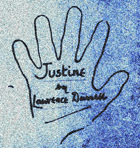 Durrell Society
Durrell Society
@DurrellSociety -
 Cavafy Bot
Cavafy Bot
@cavafybot -
 Yoon Kim
Yoon Kim
@nicoscosc -
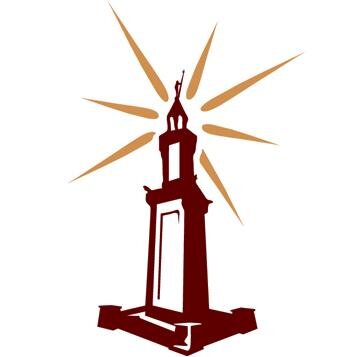 Center for Hellenic Studies
Center for Hellenic Studies
@HellenicStudies -
 LiteraryVienna
LiteraryVienna
@LiteraryVienna -
 Εθνικό Ιστορικό Μουσείο/National Historical Museum
Εθνικό Ιστορικό Μουσείο/National Historical Museum
@athens_nhmuseum -
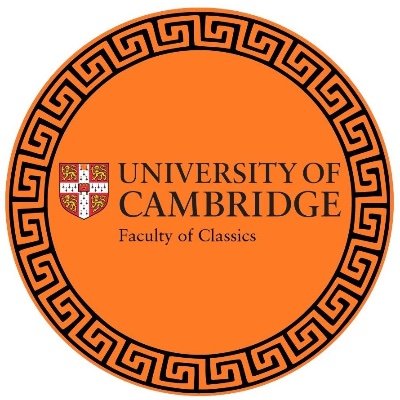 Classics@Cambridge
Classics@Cambridge
@CamClassics -
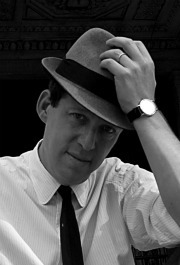 Paul Holdengraber
Paul Holdengraber
@holdengraber -
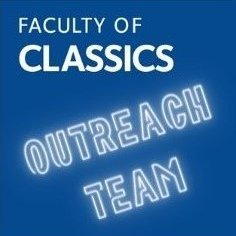 Oxford Classics Outreach
Oxford Classics Outreach
@oxfordclassics -
 Daniel Mendelsohn
Daniel Mendelsohn
@DAMendelsohnNYC -
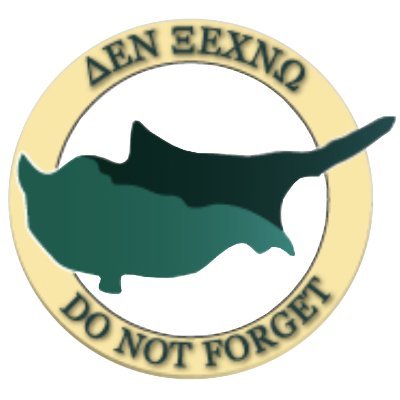 National Federation of Cypriots in the UK
National Federation of Cypriots in the UK
@UKCypriotFed -
 katy moukakou
katy moukakou
@princessekateri -
 ASCSA
ASCSA
@ASCSAthens -
 The Greek Institute
The Greek Institute
@TheGreekInst -
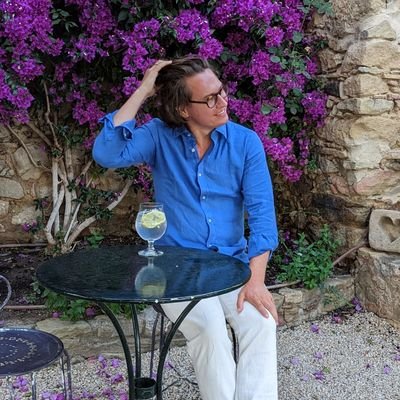 Byzantine Ambassador
Byzantine Ambassador
@byzantinepower
Something went wrong.
Something went wrong.



















